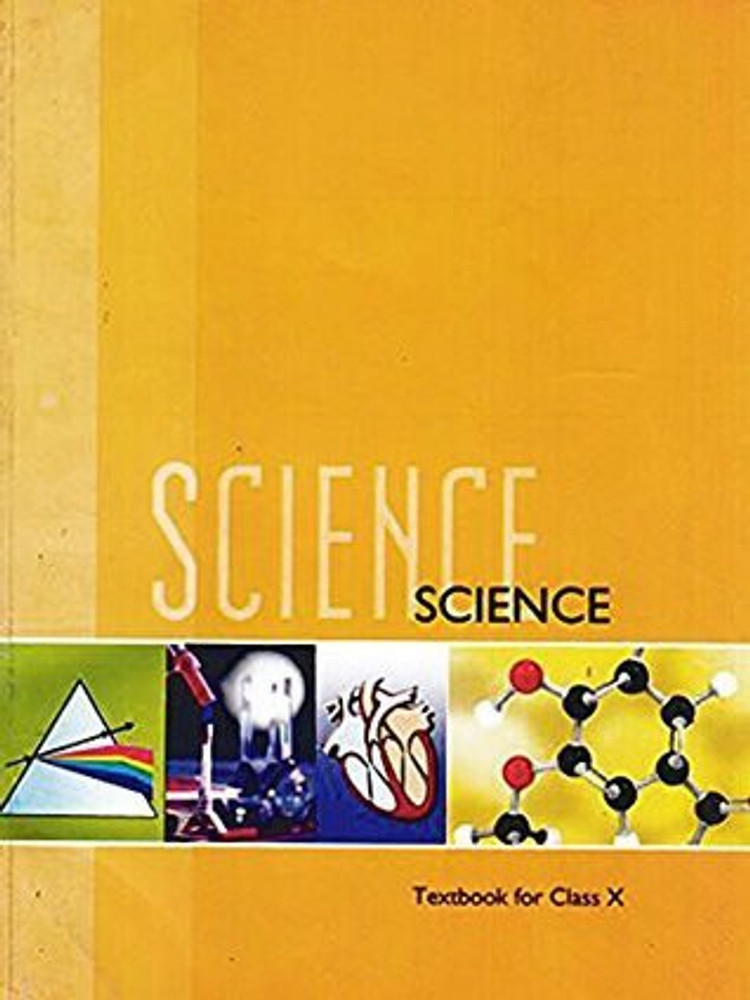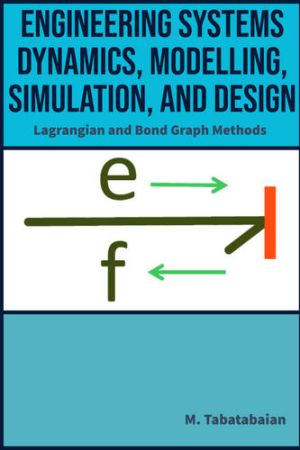Amateur Astronomer Discovers Unexpected Composition of Jupiter’s Clouds
Recent observations by an amateur astronomer reveal that Jupiter’s clouds may not consist of ammonia ice as previously assumed. Using a technique called band-depth analysis, Steve Hill mapped ammonia concentrations in the planet’s atmosphere, finding reflective layers deeper than expected. These findings suggest the clouds may be composed of ammonium hydrosulfide or photochemical products. The study, supported by professional astronomers, highlights complex photochemistry in Jupiter's atmosphere and reshapes understanding of gas giants

Jupiter's atmospheric composition has been called into question through observations made using an old technique by an amateur astronomer, Steve Hill. The findings have indicated that the planet's iconic swirling clouds may not be composed of ammonia ice, as previously assumed. This revelation stems from data collected with commercial telescopes and spectral filters, presenting new perspectives on the gas giant's atmospheric dynamics and chemistry. The observations have sparked further investigation into the structure of Jupiter's cloud layers.
Findings from Observational Studies
According to research published in Earth and Space Science, Hill applied a method known as band-depth analysis. This technique measures light absorption at specific wavelengths to map the abundance of gases like ammonia and methane in Jupiter's atmosphere. As reported by space.com, the data revealed that reflective cloud layers are located at pressure levels of 2-3 bar, far deeper than where ammonia ice was expected to condense at 0.7 bar.
Patrick Irwin, a planetary physicist at the University of Oxford, reviewed Hill's results and confirmed their accuracy through comparisons with data from instruments such as NASA's Juno spacecraft and ESO's Very Large Telescope (VLT). He noted to space.com that the main reflection appears to stem from ammonium hydrosulfide clouds or photochemical products, rather than pure ammonia ice.
Implications and Future Research
Reports indicate that these findings underline the role of photochemistry in shaping Jupiter's atmosphere, where ammonia is often destroyed faster than it can rise to the upper layers. Similar processes have been observed on Saturn, where cloud layers are also deeper than predicted. Researchers aim to refine models by integrating additional data from the VLT, Juno, and other observatories to better understand ammonia's vertical distribution.
Hill's approach demonstrates the potential of collaborative efforts between amateur and professional astronomers. These findings not only challenge existing models but also open new pathways for studying atmospheric dynamics on gas giants.












)

























































